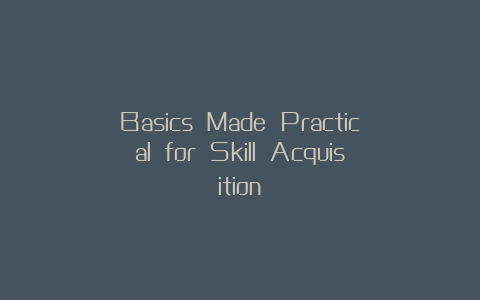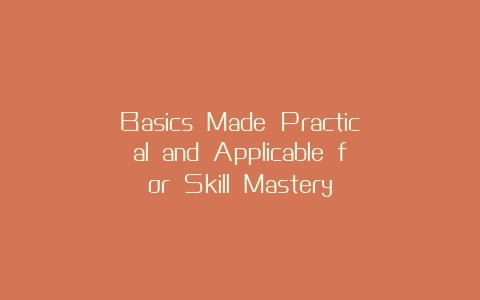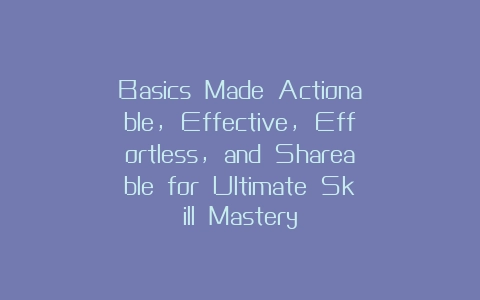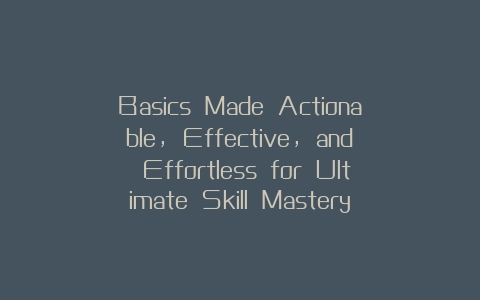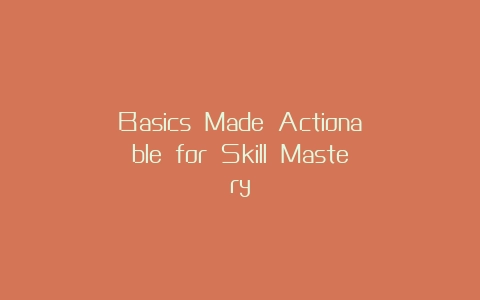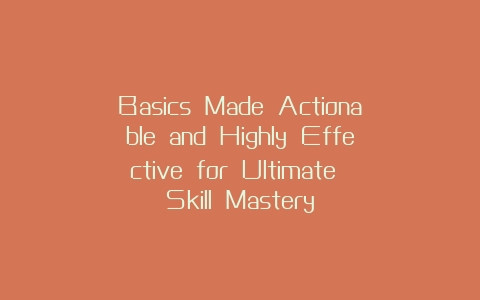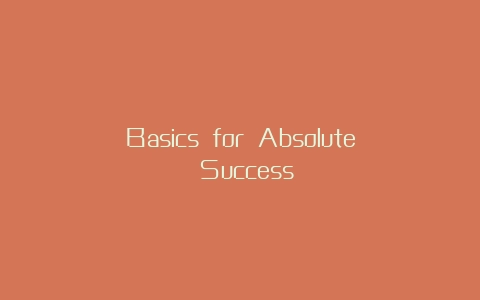Time Management for Optometrists: Examine Eyes and Manage Practice
Are You an Optometrist Feeling Stretched Too Thin?
Imagine this: you’re juggling patient appointments, running diagnostic tests, managing inventory, handling administrative tasks, and still trying to find time to catch your breath. Does that sound like your day? As an optometrist, you’re not just a healthcare provider—you’re also a small business owner. Balancing patient care and practice management can feel like walking a tightrope.
But here’s the good news: you can manage your time effectively without sacrificing the quality of care you provide. In this article, we’ll explore 20 time management strategies for optometrists that will help you streamline your practice, reduce stress, and improve your work-life balance. Let’s dive in!
Why Time Management Matters for Optometrists
Before we get into the tips, let’s talk about why time management is critical for optometrists.
- Improved Patient Care: When you manage your time well, you can dedicate more focus to each patient, leading to better outcomes.
- Reduced Stress: A well-organized schedule reduces the chaos and burnout that often come with running a practice.
- Higher Efficiency: Efficient time management means you can see more patients without compromising quality.
- Better Work-Life Balance: Let’s face it—you didn’t become an optometrist just to work endless hours. Time management helps you carve out time for yourself and your loved ones.
Core Concepts: Time Management Tips for Optometrists
1. Start Your Day with a Plan
Why It Works: A clear plan sets the tone for your day and ensures you stay on track.
How to Use It:
– Create a to-do list every morning, prioritizing tasks based on urgency and importance.
– Use a planner or digital tool (like Google Calendar) to schedule appointments, lab requests, and administrative tasks.
Question and Answer Format:
– Q: What if my day gets derailed?
– A: Build buffer time into your schedule for unexpected tasks. If something unexpected pops up, adjust your priorities accordingly.
Key Insight: A morning routine with a solid plan sets you up for success.
2. Delegate Administrative Tasks
Why It Works: You’re a trained optometrist, not an office manager. Delegating frees up your time for patient care.
How to Use It:
– Hire a practice manager to handle billing, scheduling, and other administrative duties.
– Train front desk staff to assist with patient check-ins and follow-ups.
Key Insight: Delegation isn’t a sign of weakness—it’s a sign of strength. It allows you to focus on what you do best.
3. Use Technology to Your Advantage
Why It Works: Modern tools can automate repetitive tasks and improve efficiency.
How to Use It:
– Implement an electronic health record (EHR) system to streamline patient data and appointment scheduling.
– Use practice management software to track inventory, send appointment reminders, and manage billing.
Question and Answer Format:
– Q: What if I’m not tech-savvy?
– A: Start with the basics—many software solutions offer training resources and customer support.
Key Insight: Technology is your ally—use it to simplify your workflow.
4. Batch Similar Tasks
Why It Works: Batching helps you focus on one type of task at a time, reducing the mental switch between activities.
How to Use It:
– Group appointments by type (e.g., comprehensive exams, contact lens fittings) to minimize setup time.
– Dedicate specific times of the day for administrative tasks like billing or writing reports.
Question and Answer Format:
– Q: What if batching conflicts with patient needs?
– A: Be flexible—adjust your schedule as needed to accommodate urgent cases.
Key Insight: Batching reduces mental fatigue and boosts productivity.
5. Set Time Limits
Why It Works: Time limits create a sense of urgency and prevent tasks from dragging on.
How to Use It:
– Allocate specific time blocks for appointments, paperwork, and breaks.
– Use a timer to ensure you stay on track during each task.
Key Insight: Time limits help you stay focused and avoid procrastination.
6. Prioritize Patient Communication
Why It Works: Clear communication saves time by preventing misunderstandings and follow-ups.
How to Use It:
– Send reminders for appointments via email or SMS to reduce no-shows.
– Provide clear instructions for pre-exam preparations (e.g., fasting before certain tests).
Key Insight: Communication is key to efficiency.
7. Keep an Updated Inventory
Why It Works: Running out of essential supplies mid-appointment can disrupt your workflow.
How to Use It:
– Use inventory management software to track stock levels and reorder as needed.
– Schedule regular inventory checks to avoid last-minute runs to the store.
Key Insight: A well-stocked office saves time and frustration.
8. Schedule Breaks
Why It Works: Breaks prevent burnout and keep you refreshed.
How to Use It:
– Take a 5-10 minute break between appointments to reset.
– Use lunch breaks to step away from the office and relax.
Question and Answer Format:
– Q: What if I feel like I don’t have time for breaks?
– A: Remember, breaks improve focus and efficiency in the long run.
Key Insight: Taking breaks is not a luxury—it’s a necessity.
9. Continuously Train Your Staff
Why It Works: A well-trained team can handle tasks independently, freeing you up.
How to Use It:
– Offer regular training sessions on new tools and procedures.
– Encourage staff to take initiative in solving problems.
Key Insight: Empowered staff is a productive team.
10. Use Checklists
Why It Works: Checklists ensure nothing is overlooked during appointments or administrative tasks.
How to Use It:
– Create a pre-exam checklist for yourself (e.g., update patient history, check equipment).
– Use a post-appointment checklist for administrative tasks (e.g., billing, follow-up notes).
Key Insight: Checklists reduce errors and save time.
11. Optimize Your Scheduling System
Why It Works: A well-organized schedule minimizes downtime between appointments.
How to Use It:
– Block time for longer exams or consultations when scheduling.
– Leave buffer time between appointments for unexpected delays.
Key Insight: Efficient scheduling maximizes your time.
12. Use Patient Portals
Why It Works: Patient portals streamline communication and reduce in-office time.
How to Use It:
– Encourage patients to fill out forms, request refills, and message you online.
– Use the portal to share test results and treatment plans.
Key Insight: Technology reduces friction and saves time.
13. Conduct Daily Reviews
Why It Works: Reviewing your day helps you identify inefficiencies and plan better for tomorrow.
How to Use It:
– Spend 5-10 minutes at the end of each day reviewing your schedule and tasks.
– Note what worked well and what could be improved.
Key Insight: Reflection leads to progression.
14. Stay Organized Physically
Why It Works: A tidy workspace improves focus and reduces time wasted looking for items.
How to Use It:
– Use labeled storage bins for medical supplies.
– Organize patient files digitally and physically for easy access.
Key Insight: Organization is the foundation of efficiency.
15. Set Realistic Goals
Why It Works: Unrealistic expectations lead to frustration and burnout.
How to Use It:
– Break large tasks into smaller, manageable steps.
– Celebrate small wins to stay motivated.
Key Insight: Progress, not perfection, is the goal.
16. Use Time-Blocking for Marketing
Why It Works: Time-blocking ensures you dedicate time to growing your practice.
How to Use It:
– Allocate specific times for social media posts, email campaigns, and local advertising.
– Use marketing tools to automate repetitive tasks.
Question and Answer Format:
– Q: What if I’m not good at marketing?
– A: Start small—focus on one platform or strategy at a time.
Key Insight: Marketing is an investment in your practice’s future.
17. Keep Learning
Why It Works: Staying updated on the latest techniques and technologies improves efficiency.
How to Use It:
– Attend webinars, workshops, and conferences.
– Read industry publications to stay informed.
Key Insight: Knowledge saves time and improves outcomes.
18. Practice Self-Care
Why It Works: A healthy, rested optometrist is a more effective one.
How to Use It:
– Exercise regularly to reduce stress.
– Prioritize sleep and a healthy diet.
Key Insight: Self-care is not optional—it’s essential.
19. Use Feedback to Improve
Why It Works: Patient and staff feedback highlights areas for improvement.
How to Use It:
– Conduct regular surveys for patient feedback.
– Encourage open communication with your team.
Key Insight: Continuous improvement leads to long-term success.
20. Stay Flexible
Why It Works: Flexibility allows you to adapt to unexpected challenges.
How to Use It:
– Keep a backup plan for emergencies.
– Be open to adjusting your schedule as needed.
Question and Answer Format:
– Q: What if I can’t stick to my plans?
– A: Don’t stress—adapt and move forward. Flexibility is a strength.
Key Insight: Life is unpredictable—be ready to adjust.
Final Thoughts: Mastering Time Management for Optometrists
Are You Ready to Take Control of Your Time?
Time management isn’t about doing more—it’s about doing what matters most efficiently. By implementing these 20 strategies, you can reduce stress, improve patient care, and grow your practice. Remember, small changes can lead to big improvements over time.
So, take a deep breath, start small, and watch as your practice thrives. After all, your time is your most valuable resource—spend it wisely!

